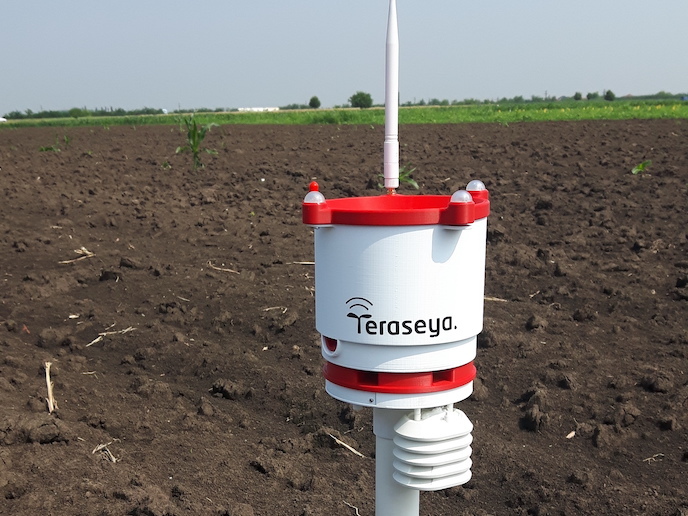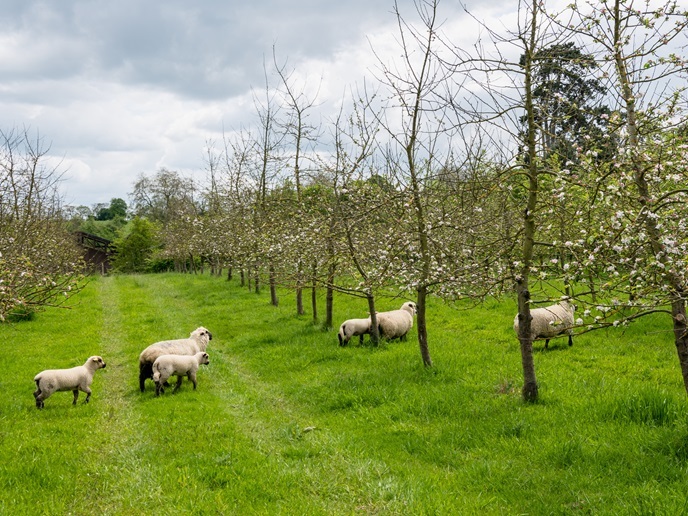Digital solution helps farmers achieve sustainability
Global agriculture is facing one of its biggest challenges to date – how to feed a growing population with limited resources. “It is increasingly clear that the widespread use of chemical fertilisers and pesticides, together with high-volume irrigation, is no longer economically sustainable,” says Teraseya Prime project coordinator Mircea Oaida, CEO of Frontier Connect(opens in new window), Romania. “At the moment, about 70 % of the world’s available freshwater is used for irrigation(opens in new window), of which more than 60 % is lost. More than 55 % of nitrogen‐based fertilisers goes to waste, because the spraying process is still very inefficient.” This is why farmers are increasingly turning to digital solutions. The combination of Big Data(opens in new window), remote sensing and artificial intelligence(opens in new window) can help farmers to optimise their resources. For example, remote sensing enables famers to accurately measure and monitor plant development. Data collected can then be used to calculate where irrigation is most needed, and early warnings can be issued if specific targeted interventions are required. “The problem is that many farmers do not have experience with digital agriculture,” notes Oaida. “Many solutions on the market require expertise to operate and maintain them. This can be difficult to acquire.”
Effective crop monitoring
The EU-funded Teraseya Prime project was launched to help bring closer to market a digital solution that is designed to be easy to use. The technology allows farmers to monitor crops from sowing through to harvesting, in terms of both crop development and plant health. “Farmers can install our software with one click,” explains Oaida. “This doesn’t require any specialist knowledge.” The system includes sensors. These sensors collect crop data, which is then fed through predictive algorithms. Farmers then receive usable information and early warnings on nutrition management, pest control and water requirements. A useful feature of Teraseya Prime is its ability to identify crop pests. Climate change means that many farmers in Europe are facing new attacks from insects that have migrated from the south. “Insect detection is based on existing information on crop type, environmental factors and usual egg hatching times,” explains Oaida. “Image recognition and imaging cameras are used to compare vegetation, and assess the health of crops.”
More efficient farming
A key goal of the 4-month EU project was to assess the market, and to test the efficacy of the technology. Trials were carried out in Romania and Luxembourg. “We demonstrated that by using our innovation, farmers can reduce their pesticide usage by over 40 %,” adds Oaida. “Farmers were also able to reduce water wastage by over 50 %.” A key benefit of the innovation is that it delivers usable information directly to the farmer. This includes not just technical data, but also calculations on the potential production and economic losses that each action might incur. “We obtained accuracy levels of 90 %, when it came to issuing early warnings to farmers. At this level, we calculate that operational farm costs can be reduced by 50 %.” The company now plans to install over 6 000 Teraseya Prime units for further field trials. These systems will be installed in three countries in Eastern Europe over the next 3 years, covering over 150 000 hectares.







